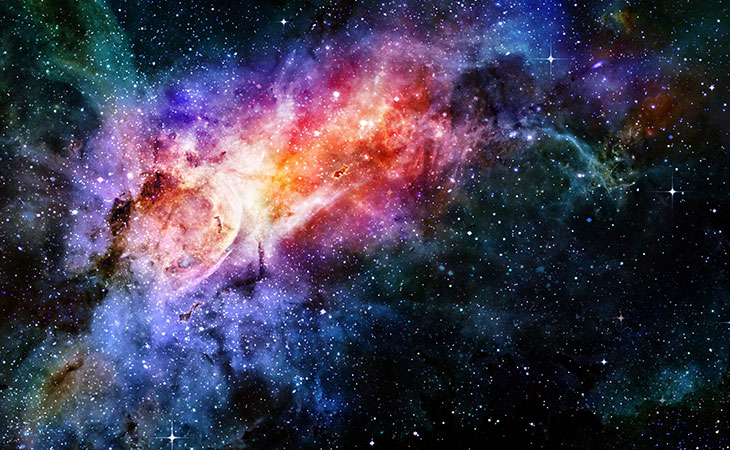SYDNEY, Jan. 17 (Xinhua) -- Aussie astrophysicists went a step further towards solving a galactic murder mystery on Tuesday by studying the effects of dark matter in 11,000 galaxies.
Researchers from the International Centre for Radio Astronomy Research, a joint venture between Curtin University and The University of Western Australia, saw that when gas is rapidly stripped from a galaxy, the building block of stars is lost and "you effectively kill the galaxy," said study leader Toby Brown of Swinburne University of Technology.
"Galaxies are embedded in clouds of dark matter that we call dark matter halos. During their lifetimes, galaxies can inhabit halos of different sizes, ranging from masses typical of our own Milky Way to halos thousands of times more massive."
"As galaxies fall through these larger halos, the superheated intergalactic plasma between them removes their gas in a fast-acting process called ram-pressure stripping. You can think of it like a giant cosmic broom that comes through and physically sweeps the gas from the galaxies."
The study combined the world's largest galaxy survey - the Sloan Digital Sky Survey - with the largest ever set of radio observations for atomic gas - the Arecibo Legacy Fast ALFA survey in order to solve the case.
But according to Brown, ram-pressure stripping is not the only way a galaxy can die, galaxies can also be "strangled."
"Strangulation occurs when the gas is consumed to make stars faster than it's being replenished, so the galaxy starves to death."
"It's a slow-acting process. On the contrary, what ram-pressure stripping does is bop the galaxy on the head and remove its gas very quickly - of the order of tens of millions of years - and astronomically speaking that's very fast."





